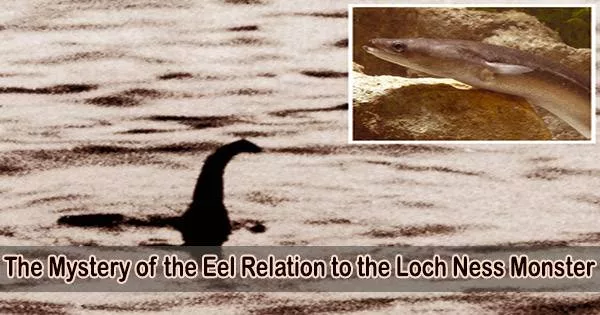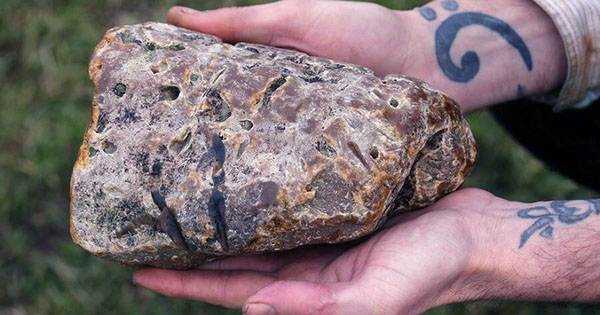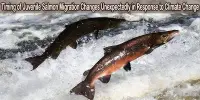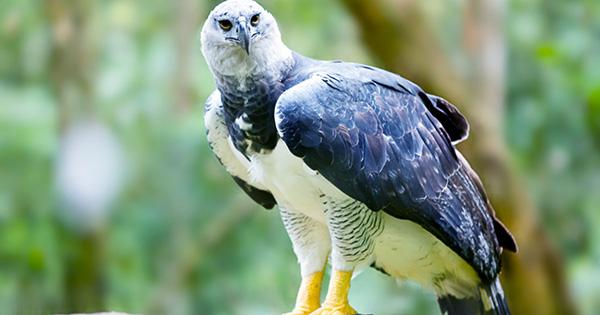Scientist Floe Foxon investigates if the Loch Ness Monster, a figure from Scottish folklore, could be a huge eel in a recent study that was published in JMIRx Bio.
The study discovered that enormous eels could not explain for sightings of larger animals in Loch Ness, a freshwater lake in the Scottish Highlands. This was because the analysis used earlier estimations of the monster’s size to predict the likelihood of encountering a large eel of a similar size.
The Loch Ness Monster, often referred to as “Nessie,” is a legendary creature said to inhabit Loch Ness, a large freshwater lake in the Scottish Highlands. The legend of the Loch Ness Monster has captured the imagination of people worldwide and has become one of the most famous and enduring cryptozoological mysteries.
The Loch Ness Monster has been the subject of rumors for many years, with some people claiming that huge eels may be to blame for numerous sightings. This research, however, casts doubt on the eel theory.
In this new work from the Folk Zoology Society, a much-needed level of scientific rigor and data are brought to a topic that is otherwise as slippery as an eel. Contrary to popular conception, the intersection between folklore and zoology is amenable to scientific analysis and has the potential to provide valuable insights into anthrozoological phenomena. This work also champions open access science and nontraditional publishing the future of scientific publication.
Floe Foxon
The study estimated the possibility of seeing eels as large as earlier estimations of the Loch Ness Monster’s size using catch data from Loch Ness and other freshwater bodies in Europe.
According to the study, there are roughly 1 in 50,000 chances of seeing a 1-meter eel in Loch Ness, which may help to explain certain reports of smaller, unidentified species. The idea that huge eels are to blame for sightings of larger animals is refuted by the fact that the likelihood of discovering considerably larger eels is practically zero.
While acknowledging the potential presence of large eels in the loch, the study concludes that purely statistical considerations do not support the existence of exceptionally large eels.
“In this new work from the Folk Zoology Society, a much-needed level of scientific rigor and data are brought to a topic that is otherwise as slippery as an eel. Contrary to popular conception, the intersection between folklore and zoology is amenable to scientific analysis and has the potential to provide valuable insights into anthrozoological phenomena. This work also champions open access science and nontraditional publishing the future of scientific publication,” says author Floe Foxon.
While the legend of the Loch Ness Monster remains an intriguing mystery and a significant part of Scottish folklore, there is currently no scientific evidence to confirm the existence of Nessie. The creature continues to capture the public’s imagination and serves as a popular subject of debate and fascination.
This research advances knowledge of the Loch Ness Monster phenomenon and advances the investigation into one of history’s longest-running mysteries.
















